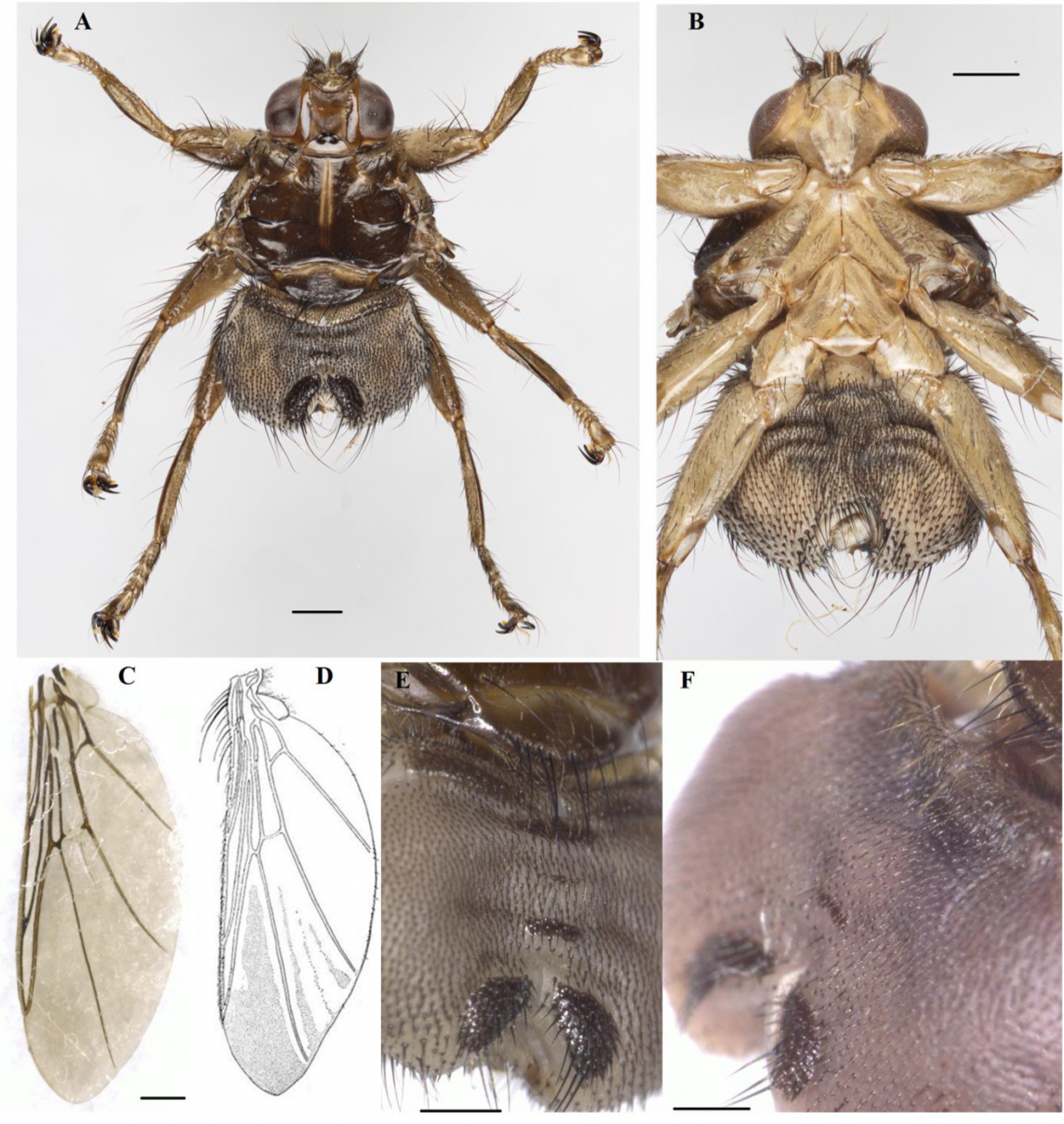
Parasitic insects play a huge role in ecosystems, affecting the health, behavior and population dynamics of their hosts. However, many of them remain poorly studied, especially in remote regions.
The ectoparasite family Hippoboscidae Samouelle, 1819 includes more than 200 species of flies. Among them, a large genus of bird parasites stands out — Ornithomya Latreille, 1802, widely represented in the Palearctic. Currently, it has 33 modern species.
A new, 34th species was found and described by employees of the A.N. Severtsov Institute of Ecology and Evolution of the Russian Academy of Sciences (IEE RAS) in the Lazovsky Nature Reserve (Primorsky Krai). The species was described in honor of an employee of our institute — Evgeny Nikolaevich Panov (1936-2024) — and was named Ornithomya panovi. Ornithomya panovi differs from other species by the almost complete reduction of tergite 4 (a sclerotized plate on the dorsal side of the abdomen).
“Both classical morphology and genetic data were used in the description. It was discovered that earlier in 2020, the same species was found by another scientist in the Amur Region. However, that time the fly was incorrectly identified and classified as an already known species,” said Alexandra Yatsuk, PhD in Biology, research fellow at the IEE RAS.
The work was published: Aleksandra Yatsuk, Emilia Nartshuk, Tatiana Triseleva, Valeriy Shokhrin, Oleg Tolstenkov, Andrey Safonkin, Alexandr Matyukhin. A new species of louse fly, Ornithomya Latreille, 1802 (Diptera: Hippoboscidae), from the Russian far East // International Journal for Parasitology: Parasites and Wildlife, 27 (2025): 101111.
